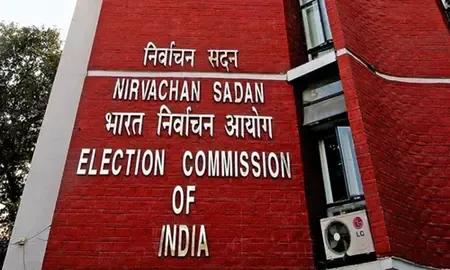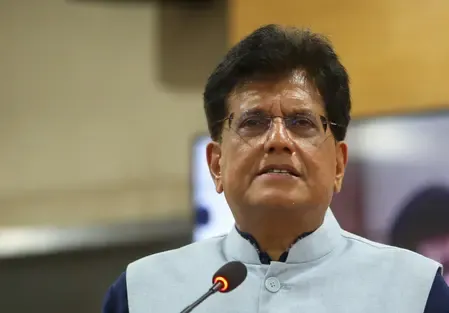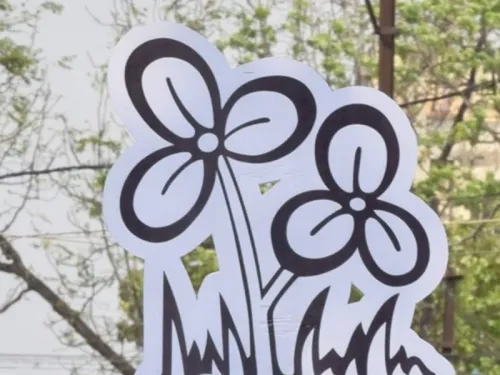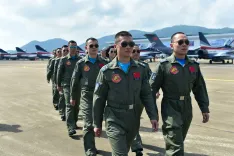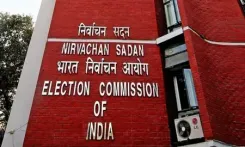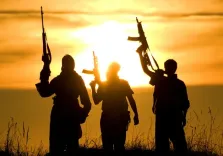Why Did Naga Bodies Impose a 'Trade Embargo' Over Border Fencing Issues?

Synopsis
Key Takeaways
- Trade Embargo affects supply chains in Manipur.
- Protest against border fencing and cancellation of FMR.
- Impact on districts like Senapati and Ukhrul.
- UNC highlights concerns over cultural identity.
- Government's border security measures face backlash.
Imphal, Sep 10 (NationPress) The ongoing “Trade Embargo” in Manipur, initiated by the leading Naga group, the United Naga Council (UNC), has entered its second day, significantly disrupting the flow of essential goods and food supplies into this Northeastern state.
The UNC and other Naga organizations implemented the “Trade Embargo” across all areas populated by Naga communities, protesting the construction of fencing along the 1,643-km international border with Myanmar and the annulment of the Free Movement Regime (FMR).
Officials in Imphal reported that numerous trucks carrying goods, as well as empty vehicles and fuel tankers, are currently stranded along various points of the Imphal-Jiribam National Highway (NH-37) and Imphal-Dimapur National Highway (NH-2).
The majority of loaded trucks are stuck at Mao Gate on NH-2.
The embargo was established by the UNC and two other Naga groups, halting the transport of commercial goods on NH-2 and NH-37, especially in regions inhabited by Naga individuals.
This blockade has severely affected supply chains to numerous areas of the state, impacting both the Imphal Valley and southern districts dominated by the Kuki community.
The “Trade Embargo” has notably hindered district operations in Senapati, Ukhrul, and Tamenglong, with trucks laden with essential supplies remaining trapped at various checkpoints.
The UNC voiced its dissatisfaction regarding what it termed the Central Government’s “lack of response” to their demands, pointing to a meeting with the Ministry of Home Affairs on August 26 that did not yield results.
Naga organizations argue that the government's decision to erect the border fence and abolish the FMR will physically separate Naga tribes across Manipur, Nagaland, Arunachal Pradesh, and Myanmar, jeopardizing their cultural identity and ancestral connections.
A statement from the UNC accused the government of indifference, which they believe has led to the necessity of strong protests to convey the firm opposition of the Naga people against the cancellation of the FMR and the border fencing, asserting their rights to their homeland and identity.
Last year, the Ministry of Home Affairs (MHA) announced the discontinuation of the FMR, which previously allowed residents near the India-Myanmar border to travel up to 16 km into each other's territory without needing a passport or visa.
Instead, the MHA introduced a new scheme for issuing passes to border residents living 10 km on either side of the border to regulate cross-border movements.
The governments of Nagaland and Mizoram, along with several political parties and civil organizations, have voiced their opposition to the border fencing and the elimination of the previous FMR.
Four northeastern states—Arunachal Pradesh, Manipur, Nagaland, and Mizoram—share an unfenced 1,643-km border with Myanmar. The MHA has previously decided to install fencing along the entire porous border, notorious for smuggling arms, ammunition, drugs, and other contrabands, with an estimated cost of Rs 31,000 crore.

